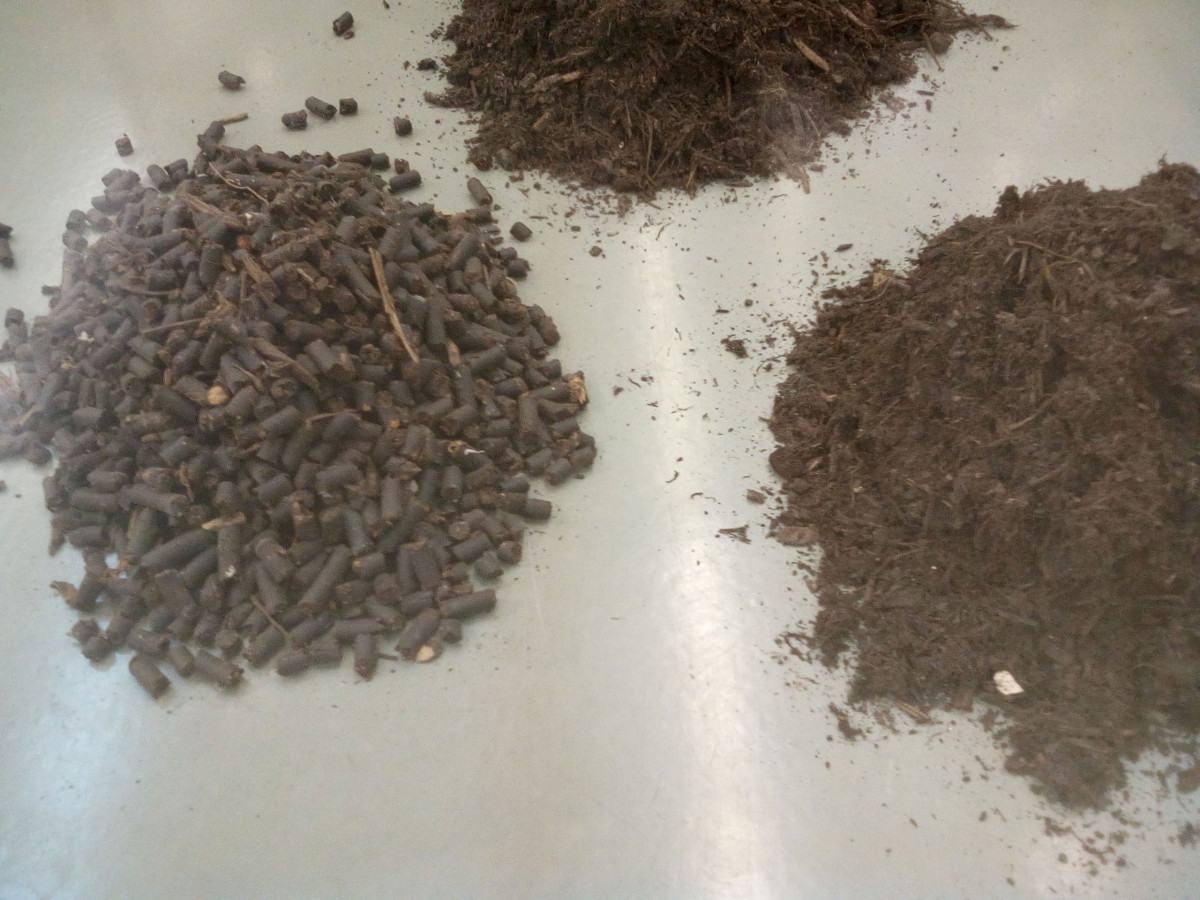
# 0030
Nutrimais
Material, Several Things, Common, Museum, Months
Socio-cultural Data
Historical Uses
Gardeners, horticulturalists and farmers have been using biological composts since sedentary practices of cultivating plants and caring for animals were created in the Levant and Mesopotamia in 9500BC. Organic wastes are broken down by microbes, insects and worms creating humus and releasing nutrients. Re-applied to the land restores fertility and the humus aids water retention.
Present Uses
In cities and peri-urban areas green waste from forest and landscaping operations by municipalities or private companies is collected, mixed with other wastes from kitchens, canteens and markets then composted. Waste is macerated and broken up to facilitate the composting process where the high temperatures generated kill pathogens.
Other Fascinating Facts
Lipor, the second largest waste recovery company in Portugal, collects green waste from 8 municipalities in the Porto region.
Technical Data
Bio-temporal-geographical Data
Residence time (How long does the matter/material/artefact stay in an unaltered state in the location/context/system before it decay?)
Months
How does the item affect the environment in which it exists?
Nourish it
Ontological-cosmological Data
earthiness
How would you like to be with this artefact/material/living thing/matter?
in my garden
What can humans give back to this artefact/material/living thing/matter?
use it with care, as part of a natural cycle of nutrients for plants to continue their lives